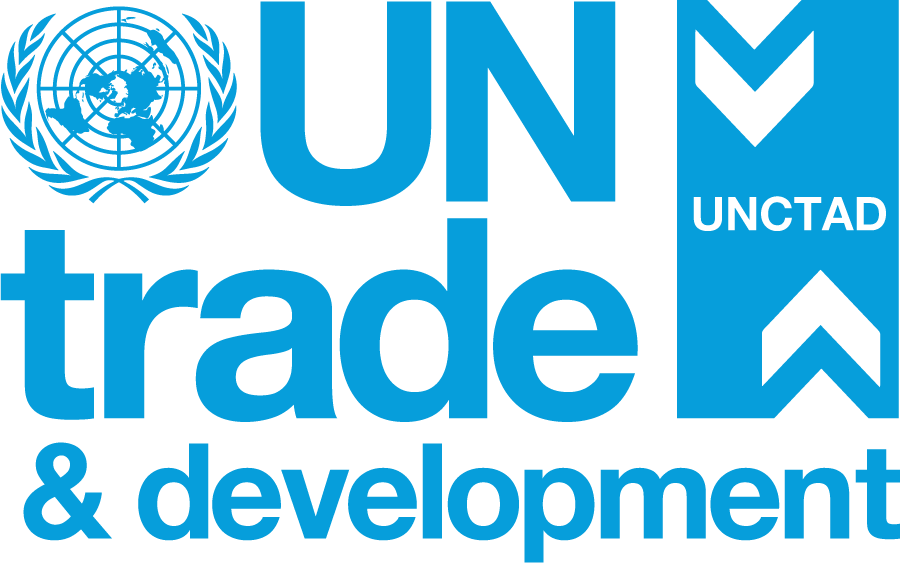
Plastic pollution threatens marine ecosystems, human health, and economic development. The excessive use of plastics, coupled with inadequate waste management systems, has led to the accumulation of plastic debris and plastic particles in oceans, posing risks to marine life and coastal communities.
In response to this growing crisis, a United Nations Global Plastics Treaty is under negotiations. UNCTAD has been conducting research and advocating for the recognition of non-plastic substitutes and alternatives in the future treaty.
This study presents original research demonstrating the potential for trade in marine-based non-plastic substitutes and alternatives (MBSAs) to address plastic pollution, while promoting sustainable economic development in coastal communities, including in SIDS. By looking at selected ocean-based supply chains and unconventional uses of their products and byproducts, such as the production of bioplastic polymers from algae, it responds to three specific objectives:
- Identify promising MBSAs, defined as natural resources, bio-based materials and components that have a role or potential in replacing fossil fuel-based plastics, either directly, as building blocks or additives for alternative bioplastics, or indirectly, as inputs to produce non-plastic substitutes (e.g., ceramics, glass).
- Analyse the potential for trade-led socio-economic development of MBSAs in producing countries vis-à-vis environmental and social risks. Accordingly, discuss the main trade-offs between environmental sustainability and economic feasibility assessed through LCA considerations.
- Discuss policy frameworks that can incentivize trade in marine- based non-plastic substitutes and alternatives, including e.g., tariff and non-tariff measures, and standards. This is intended to inform the upcoming rounds of negotiations of a United Nations Global Plastics Treaty, with a view to support trade-related policy coherence and harmonization.
Structure of the study:
- Chapter 1 provides context and introduces the overall purpose and objectives of the study, including an overview of marine biomaterials and their downstream uses.
- Chapter 2 highlights their potential for sustainable trade and presents a novel mapping of MBSAs covering marine resources and their immediate derivatives.
Chapter 3 discusses the main challenges and opportunities for socio-economic development affecting MBSA industries. Opportunities are analysed for key MBSA supply chains, such as seaweed and algae, while three main types of barriers to the development of these industries are considered: market dynamics (e.g., economies of scale), enabling technologies and infrastructure, and sustainability.
The chapter also maps out the main environmental impacts originating from the production, marketing, consumption and disposal of MBSAs and uses life cycle thinking to discuss the main trade-offs in the substitution for more sustainable materials.
- Chapter 4 estimates from a trade perspective the size of the global MBSA market using bilateral trade flow data as a proxy for demand. The average applied tariffs and non-tariff measures (NTMs) affecting these materials are also analysed to profile the trade distortions and market access conditions prevailing in MBSA markets.
- Chapter 5 concludes and provides a narrative on the way forward.


